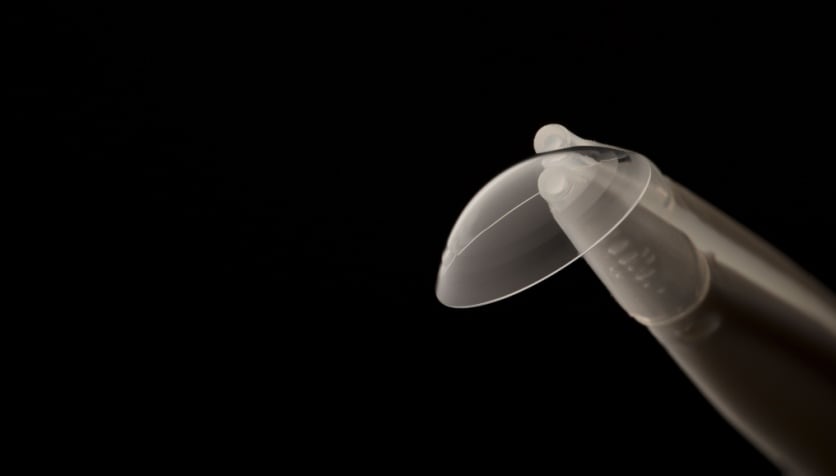
Contact Lenses
Here you'll find everything you need to know about contact lenses: where to buy, how to get the best comfort and vision, and much more helpful advice.

Frequently asked questions about contact lenses, including disposable and extended wear contacts and where to buy contact lenses.

Can I alternate between glasses and contacts? Yes, you may choose to wear glasses to work and contacts when you’re playing sports.

Manufacturing soft contact lenses, gp lenses and hybrid contacts involve different processes. An optometrist explains how they are made.

How contact lenses work to correct your vision in a different way than glasses; why the prescription is different for both.

Contacts were invented earlier than you think, gradually over many years by many smart people. Read this history of contact lenses.
All About Vision and AllAboutVision.com are registered trademarks of AAV Media, LLC. © 2000-2025 AAV Media, LLC. The content on this site is for informational purposes only. All About Vision does not provide medical advice, diagnosis or treatment. Contact an eye doctor if you need medical attention.